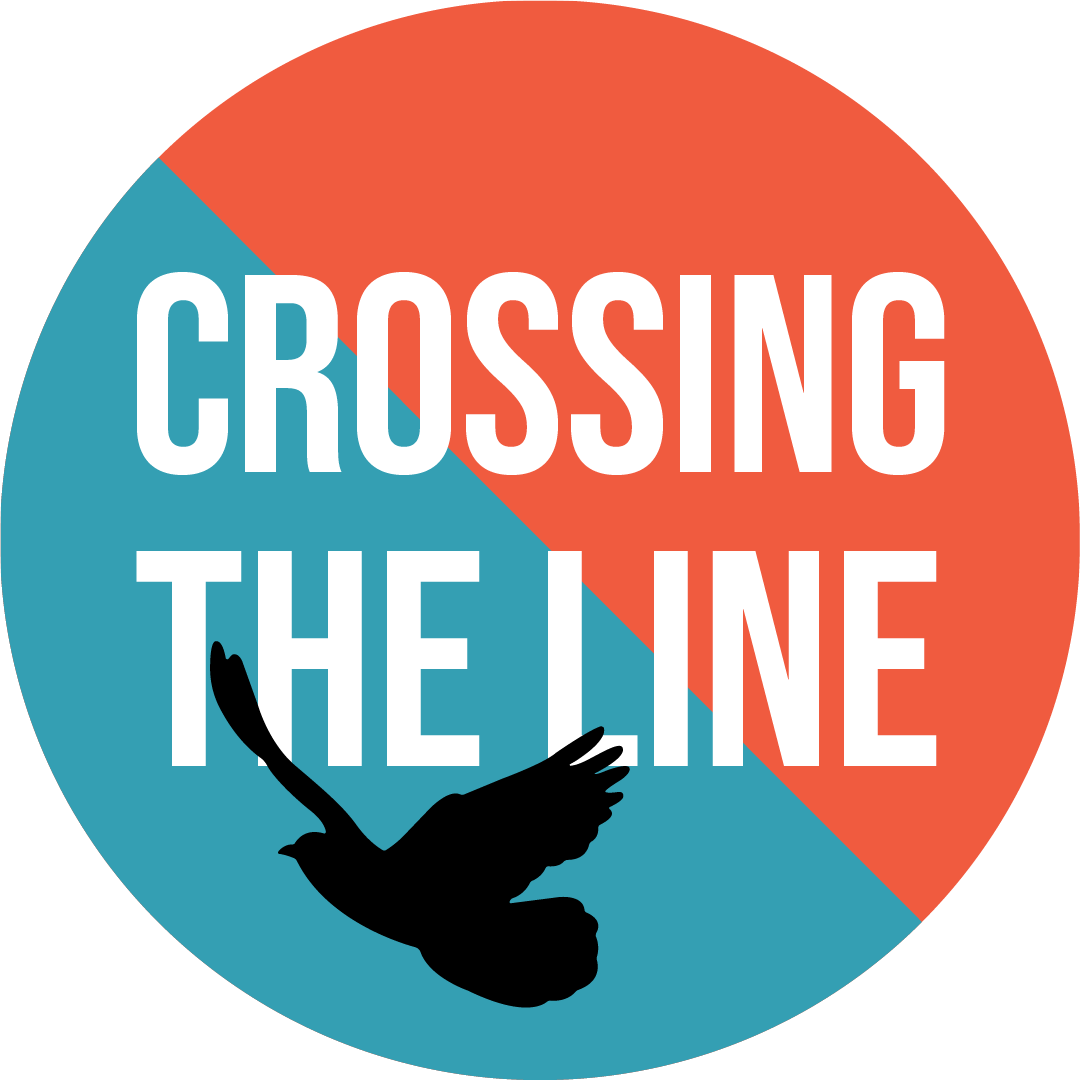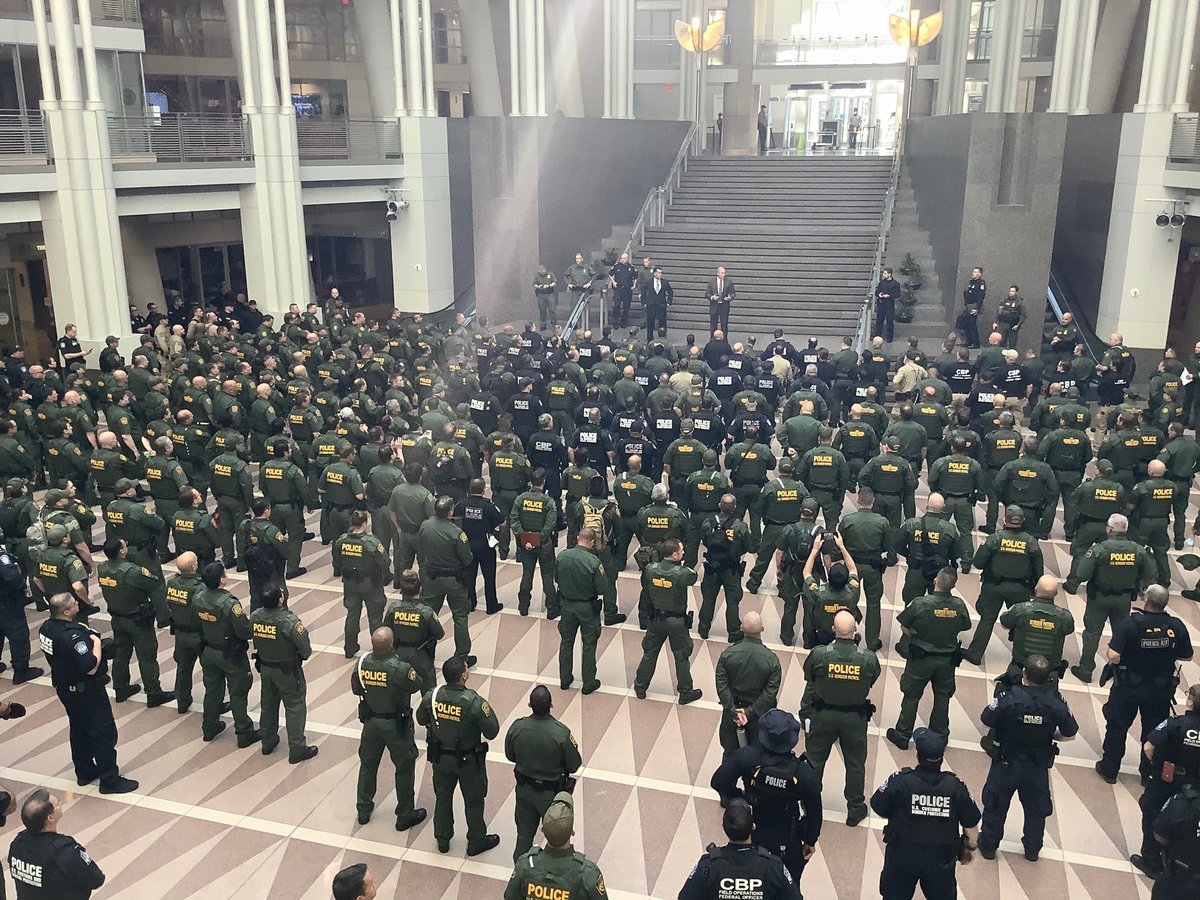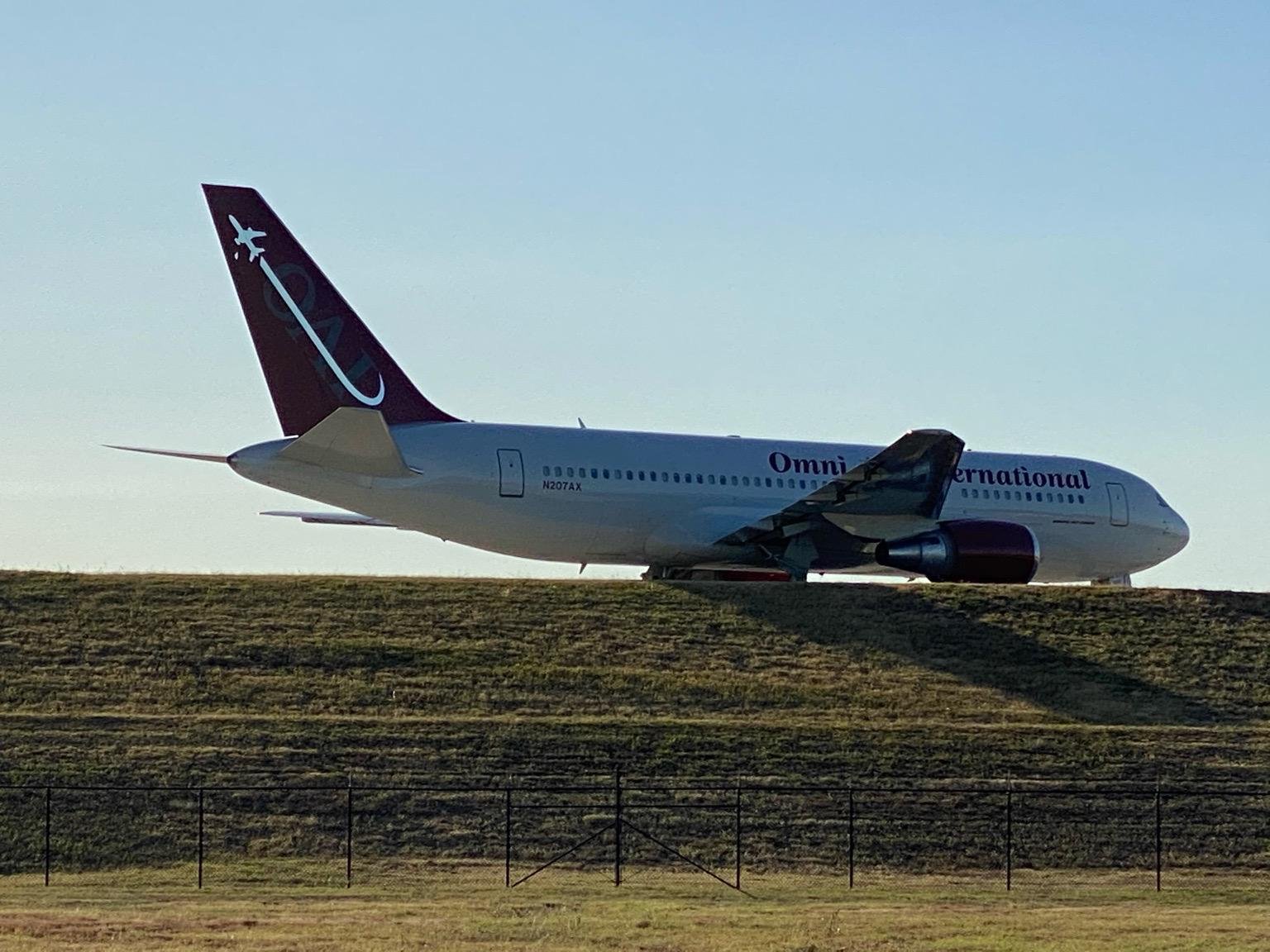THE JOURNEY BEGINS: Who Am I and Why Did I Write Crossing the Line?
Family Separation
Six years to the month before the release of Crossing the Line: Finding America in the Borderlands, in June 2018, the cries of small children detained in US Border Patrol custody were like the proverbial shots heard ‘round the world, exposing that a US administration had been deliberately pulling families apart as a matter of public policy.
Our collective outrage inspired a popular movement: Families Belong Together.
Spontaneous protests erupted in 750 cities worldwide, 600 in the US alone.
And alongside an urgent ruling brought by the American Civil Liberties Union in the matter of Ms. L v. ICE, public outcry brought Trump & Co’s family separation policy to its knees by the 20th of the month.
That was the issue that woke me up to the fact that there was something really rotten at the core of the US immigration system. I was ashamed, not just of the nation of my birth, but of myself. Because I was one who should have known better, but didn’t. Let me explain…
Foreign & Economic Consequences
I came of age during the Cold War and the US Dirty Wars in Latin America. Archbishop Oscar Romero’s assassination in March 1980 put El Salvador on the map for me as it sent shockwaves through the Catholic community of my youth. These things just didn’t happen to the Church leadership.
A year later, on the anniversary of the monsignor’s death, I was in DC, protesting US involvement in the escalating war there. But then-president Ronald Reagan brushed our accusations aside, maintaining that his administration’s hands were clean: even as the truth trickled north in the reporting of intrepid journalists; even as refugees from El Salvador, as well as the US-sponsored Guatemalan genocide, fled across the US southern border, sparking the Sanctuary Movement.
In my 20s, I became a teeny-tiny part of a nationwide network of welcome. From New York City, I worked with newcomers from Central America, Haiti, and the former Soviet Union — mainly Jews running from hate crimes and pogroms. All had traveled to the land Reagan professed to be “the exemplar of freedom and a Beacon of Hope” to escape violence and persecution — much of which his foreign and economic policies, like those of his presidential predecessors, caused or worsened.
When I wasn’t in New York providing English language instruction to these “new Americans,” I was in the war zone of El Salvador teaching teachers in open-air countryside classrooms as part of a grassroots literacy campaign inspired by Brazilian popular educator Paolo Freire to keep children learning even while living under bombardment.
Bi-Partisan Complicity
The 1990s brought a Democrat back into the White House. And just as Bill Clinton promised peace in Central America, I was recruited from my graduate school program at Teachers College, Columbia University to help develop a nationwide English language and literacy program in China. There, on the other side of the globe, just before the advent of the Internet, I took my eye off the Central American story. I flew into a career as an international educator as well as a new marriage, with my eyes trained on a hopeful and inclusive future, where diversity was embraced and pluralism was seen as an asset.
From China, I relocated to Hong Kong where I became the mother of an amazing baby girl, who has now blossomed into a powerful and beautiful young woman. My life was full and happy, even if circumscribed by immediate, daily pressures as I struggled to find that ever-elusive work-life balance.
From Hong Kong, my little family and I returned to New York for several years, where I joined an educational consultancy that trained whole school systems in the creative resolution of conflict, what is now called Social and Emotional Learning (SEL).
Border Industrial Complex
In 2004, we once again became “expats” (a euphemism for those of us who are economic migrants by choice of privilege), this time moving to Paris for my husband’s job. The French denied me a work visa, however, causing my career in academia to come to a screeching halt. That’s when I transitioned to working as a freelance writer. Despite the harsh personal blow, I consoled myself with the recognition that hope and positive social change seemed ascendant. My youthful idealism that humankind could be counted on to heed our better angels appeared confirmed.
But I was mistaken. Many of us were. Even after relocating to London in 2014, I didn’t see Britain’s anti-immigrant-fueled exit from the European Union coming. And I only saw Trump coming once British voters propelled us into that historic blunder.
Still, having spent the ‘80s in New York City, having witnessed the now convicted felon and sexual predator ruin young lives during the Central Park jogger affair, then spearhead the birther movement of the Obama era — knowing him, in short, to be an unrepentant racist, rapist, and con-man, I refused to believe that enough US voters would be sufficiently duped into granting him the nation’s top job.
I certainly never imagined that, as the “leader of the free world,” he would green-light the act of tearing families apart.
In June 2018, when he and his minions forced my gaze to snap back to my homeland, I could not look away again. Family Separation was accompanied by such practices as metering and then the Migrant “Protection” Protocols, or Remain in Mexico program, which trapped 70,000 people — one-third of them children — in some of the most dangerous places on earth without providing protection to anyone at all.
I decided to go see for myself the inhumanity Trump had wrought, finally arriving in January 2020. My intention was to cross the line from Brownsville/Matamoros to El Paso/Ciudad Juarez to bear witness to and interview occupants of shelters and tent encampments along the way. But except for crossing the line into Reynosa, Mexico from McAllen, Texas, where I volunteered at Sister Norma Pimentel’s Humanitarian Respite Center, I never left Matamoros on that trip — the needs were so great. And the response of myriad individuals and organizations, who just showed up, then pitched in to help, was so extraordinary, I wanted to stay and help.
That is when I began to cross lines into spaces few think to go: I went into detention centers; observed the MPP kangaroo courts; bore witness to the deportation machine; became a fly-on-the-wall during two mass deportation flights to Cameroon; tracked down and interviewed over four-dozen of its passengers, identifying the routine abuse of a human restraint device called The WRAP by US federal agents; then produced a series of hearing with civil rights lawyers of the US Department of Homeland Security so that they, too, might understand the horrors that occur on deportations flights from the testimony of directly impacted people — most of whom are whisked away into forced exile without the crimes perpetrated against ever becoming known.
My actual road trip had transformed into a metaphorical one.
I became quickly aware that the cruelty baked into the system did not start with Trump. Rather, it had grown up all around me from the Reagan ‘80s, hiding in plain sight just beneath my privileged view, enabling Trump & Co to crank the volume to 11.
I speak of a for-profit detention-to-deportation pipeline that politicians love to decry as “broken” but which is working just fine for the demagogues and profiteers that benefit from it.
If I had failed to perceive it — an immigrant and refugee advocate and educator; a believer in my birth nation’s self-identification as a defender of universal human rights and the land of laws; a migrant even, though by choice and advantage — I wondered: had been gone too long; or had others had missed the evolution of the many-headed Hydra in their midst, too.
I wondered, too, if others understood that the underlying policy platform upon which the monster had been nurtured and was allowed to grow had been put into policy decades before.
Prevention through Deterrence
Begun under Clinton in 1994, following an El Paso experiment eventually dubbed Operation Gatekeeper and enacted ten months after NAFTA, the theory behind Prevention through Deterrence is this: if we make traveling north into the US as painful and as perilous as possible, people will send word back home:
Do not come. Do not come.
A straw poll amongst some of the most accomplished people I have ever known confirmed that I was not alone. Few US citizens, then as now, understand that today’s Department of Homeland Security agencies and operations are deeply rooted in yesterday’s slave patrols and that it oversees the largest, most troubled, and least accountable law enforcement apparatus in the land: a combined force of 80,000 that suffers no oversight.
It is part of a larger system that responds to only one question: How do we stop them?
When our starting point should be: Why are so many people on the run?
I took that on as a research focus. I discovered that people are running for their lives from endemic and escalating issues largely Made in the USA by the longest undeclared US conflicts:
The Banana Wars, which entrenched hemispheric inequality;
The Dirty Wars, which created hemispheric violence;
The so-called Drug Wars, which gave rise to Transnational Criminal Organizations, aka cartels, and exported gang violence from north of the border, providing the TCOs with personal paramilitary armies;
The so-called War on Terror, which kicked off the militarization of a 100-mile policing zone, giving rise to a security-first paradigm that has obliterated the 20th-century promise of the universality of Human Rights and has compromised our post-WWII commitments to protecting people in need of protection.
Target Audience and Intention
These themes and more are all documented in my book. But I didn’t want to write just another academic study; I also didn’t want to reproduce another pro-immigrant rallying cry to be read by people already on the inside and sympathetic to the issue.
I resolved to take the topic out of the academy and away from the pundits and put it into the hands of people, who, I believe, would be outraged too if they only knew.
I determined to humanize today's divisive immigration debate through the transformative power of storytelling.
Crossing the Line: Finding America in the Borderlands is the chronicle of that journey of awakening sparked six years ago this month when we took to the streets under the banner Families Belong Together.
A tapestry of original reporting, oral history, exposé, and memoir…
It is a Call to Action to safeguard the promise of human rights and legal due process before we travel too much further down our current course: one which history will not soon forgive, or forget.
It is a handbook for a more humane world and a manual for a movement that I hope you’ll help me to grow. A movement to demand that we recommit as a people to human rights values and the rule of law.
It is a wake-up call that deterrence is a miserable failure. It does not stop people from coming. It only destroys lives and bodies and families and dreams. Deterrence kills. And in the era of climate breakdown and endless war, people will keep on coming because their hope knows no borders.
Crossing the Line: Finding America in the Borderlands centers the stories of those most directly impacted by the systemic cruelty of the Border Industrial Complex — both those caught under its knee as well as those attempting to offer welcome despite the increasing odds, who show us, every day, that there is a better way. That we CAN welcome with dignity and that we are a better people and nation when we do.
We can do better. We must do better. Their hope knows no borders. And our cruelty is not okay.
Conclusion
People move. Always have, always will. We move from danger and toward opportunity and the promise of a better life.
More people are on the move than ever before in human history: one in every 100 people on the planet right now has been forcibly displaced. And while goods and money can cross lines instantly, people cannot. We must do better.
We all have a migration story in our family legacy and lore unless we number among the Native Americans, the nation’s First Peoples, we’re all immigrants.
So why are we so afraid to offer welcome to more people like us? Because we’ve been taught to fear.
It is said that the immigration system is “broken.” And it is. There’s been no attempt to reform it since 1986. Why?
Because it works just fine for the demagogues and profiteers who benefit from it.
We can stop it, just as we stopped family separation. We must stop it.
Images from my journey crossing the line…
Metering, Remain in Mexico (the Migrant “Protection” Protocols), Title 42, CBP One, and other efforts to stop people from crossing the line force them into homelessness in some of the most dangerous places on earth, where Human Rights First documented that one in every seven individuals falls victim to kidnapping, rape, extortion, and other tortures. By UN estimates, one-third of these people are children.
Volunteers, story collaborators, service providers, colleagues, friends…
The detention to deportation pipeline…
Vigils and protest posters…



























































































